Mikio Watanabe
About the Artist
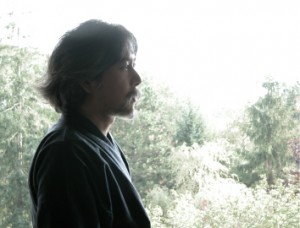 Mikio Watanabe was born in 1954 in Yokohama, Japan. After completing his studies at the Ecole des Beaux Arts of Tokyo in 1977, he leaves Japan from Yokohama harbor, crosses Siberia and goes to Paris where he settles down to work. In Paris, he learns engraving techniques at the Atelier 17, where he studied from 1979 – 1981 with Stanley William Hayter.
Mikio Watanabe was born in 1954 in Yokohama, Japan. After completing his studies at the Ecole des Beaux Arts of Tokyo in 1977, he leaves Japan from Yokohama harbor, crosses Siberia and goes to Paris where he settles down to work. In Paris, he learns engraving techniques at the Atelier 17, where he studied from 1979 – 1981 with Stanley William Hayter.
His mezzotints often feature Yuriko, his wife and model. Watanabe’s prints have won prizes in many international print exhibitions, including the “Salon de la Gravure Originale” in Bayeux, France in 1989 and the “Miniprint International” in Cadaques, Spain in 1992. Mr. Watanabe currently lives in Paris, and continues to exhibit his work around the world. He has had more than 50 one-man shows, and his works can be found in many public collections including Bibliotheque National in Paris, the Central Academy of Art, Kuala Lumpur and the New Orleans Museum of Art. Mikio is a member of the International Academy “Greci-Marino” in Italy.
Mr. Watanabe currently resides in Paris, France.
Prints
Mikio Watanabe
“Les éphémères”
Medium: Mezzotint
Date: 2020
Edition: 90
Print: 11 x 15 in.
Image: 5.5 x 7.5 in.
Signed, titled and numbered in pencil.
Condition: Mint
Price: $600
Mikio Watanabe
“Descente”
Year: 2020
Medium: Mezzotint
Edition: 90
Image: 11.75 x 6.25 in.
Paper: 19.25 x 13 in.
Signed, titled and numbered by the artist.
Condition: Mint
Price: $700
Mikio Watanabe
“Cristal”
Year: 2020
Medium: Mezzotint
Edition: 90
Image: 6 x 8 in.
Paper; 11 X 14.75 in.
Signed, titled and numbered by the artist
Condition: Mint
Price: $600
Mikio Watanabe
“Viser vers”
Year: 2020
Medium: Mezzotint
Edition: 90
Image: 8 x 17.5 in.
Paper: 15.5 x 24.75 in.
Signed, titled and numbered by the artist
Condition: Mint
Price: $800
Mikio Watanabe
“Tolerance”
Year: 2020
Medium: Mezzotint
Edition: 60
Image: 5.875 x 5.875 in.
Signed, titled and numbered in pencil.
Condition: Mint
Price: $450
Mikio Watanabe
“Demoiselle”
Medium: Mezzotint
2019
Edition: 90
Print: 11.25 x 9.25 in.
Image: 5.5 x 3.75 in.
Signed, titled and numbered in pencil.
Condition: Mint
Price: $350
Mikio Watanabe
“Jeu au Soleil (Play in the sunset)”
Medium: Mezzotint, 2018.
Print: 15 x 22.5 in.
Image: 7.75 x 14.25 in.
Edition: 90.
Signed, titled and numbered in pencil.
Condition: Mint.
Price: $750
Mikio Watanabe
“Danse Nocturne”
Medium: Mezzotint
2018
Print: 11.25 x 9.25 in.
Image: 3.75 x 3.75 in.
Edition: 90.
Signed, titled and numbered in pencil.
Condition: Mint.
Price: $350
Mikio Watanabe
“La reve arrive”
Medium: Mezzotint
2018
Print: 9.25 x 11.25 in.
Image: 3.5 x 6.25 in.
Edition: 90.
Signed, titled and numbered in pencil.
Condition: Mint.
Price: $400
Mikio Watanabe
“Nouvelles Recoltes”
Medium: Mezzotint
Year: 2017
Edition : 90
Size: 6.5 x 12 inches
Signed, titled and numbered in pencil.
Condition: Mint
Price: $750
Mikio Watanabe
“Mirage”
Year: 2017
Medium: Mezzotint
Edition: 90
Image: 3.675 x 6.25 in.
Signed, titled and numbered in pencil.
Condition: Mint
Price: $400
Mikio Watanabe
“Detachement”
Medium: Mezzotint
Year: 2016
Size: 3.25 x 4.5 in.
Edition: e.a. XIV/XXX
Signed, titled and numbered in pencil.
Condition: Mint
Price: $420
Mikio Watanabe
“Apaisement”
Medium: Mezzotint
Year : 2016
Size: 7 x 4.5 in.
Edition: e.a. XIV/XXX
Signed, titled and numbered in pencil.
Condition: Mint
Price: $480
Mikio Watanabe
“Innocente apparition”
Medium: Mezzotint
Year : 2016
Size: 5 x 4.5 in.
Edition: e.a. XIV/XXX
Signed, titled and numbered in pencil.
Condition: Mint
Price: $350
Mikio Watanabe
“L'eternelle”
Medium: Mezzotint
Year: 2016
Edition : EA XVII/XXX
Size: 7.25 x 4.75 inches
Signed, titled and numbered in pencil.
Condition: Mint
Price: $480
Mikio Watanabe
“Dans la nuite”
Medium: Mezzotint
Year: 2016
Edition : e.a. XVIII/XXX
Size: 7 x 4.5 inches
Signed, titled and numbered in pencil.
Condition: Mint
Price: $480
Mikio Watanabe
“Periple”
Medium: Mezzotint
2015
Print: 10.5 x 14 in.
Image: 4.25 x 6 in.
Edition: 90.
Signed, titled and numbered in pencil.
Condition: Mint.
Price: $400
Mikio Watanabe
“Mon histoire, son histoire”
Year: 2015
Medium: Mezzotint
Edition: 90
Image: 19.375 x 7.625 in.
Signed, titled and numbered in pencil.
Condition: Mint
Price: $850
Mikio Watanabe
“Scented Green”
Medium: Mezzotint
Year: 2014
Print Size: 3.5 x 6.25 in.
Image size: 3.25 x 6.25 in.
Edition: 53 of 60
Signed, titled and numbered in pencil.
Condition: Mint.
Price: $350
Mikio Watanabe
“Poireaux d'amano”
Medium: Mezzotint
2015
Size: 19.25 x 6 in.
Edition: 90 + 10 e.a.
Signed, titled and numbered in pencil.
Condition: Mint
Price: $800
The History of Mezzotint
Mezzotint was invented in Germany in the 17th century by an amateur artist, Ludwig von Siegen. At this time, the only method of achieving texture on the copper plate was cross-hatching, and the artists who reproduced the great works of art found that the techniques available did not convey the beauty and subtle qualities of the original paintings. By using this new method of mezzotint, nuances in the old master paintings were much easier to reproduce because of what the rocked plate offered: deep, rich blacks and textural hints that were not possible with the earlier methods. The genius of the mezzotint is not only the rich black and whites that are achieved, but also the unbelievable grays and subtleties that can be produced. This is where the name mezzotint comes from: mezzo, which means half, and tinta, which means tone in Italian.
The most important characteristic of the mezzotint and the starting ground of each one is rocking back and forth on the copper plate in twenty-four different directions with a rocker. A rocker is a steel tool with a very sharp, crescent-shaped, beveled edge with teeth on the edge. Rockers come in a variety of sizes and gauges. The most common gauge, 85, means that there are 85 tiny teeth per inch on the edge of the rocker blade. Rocker blades range from one inch wide to six inches wide. When moved in a rocking motion on the copper plate, the rocker raises burrs on the surface of the copper plate. Since the plate is rocked in different directions it produces an organic velvety pattern; and when looked at under magnification, many mountains and valleys are evident. This is called the ground. If inked at this stage, the copper plate, which has now become a textured surface (from the original shiny copper surface), would produce a rich, deep black (because this textured surface will hold a great amount of ink).
The image is then created by pushing down the burrs that were raised by the rocker with a scraper and burnisher. The scraper is a sharp, angled tool that cuts the surface of the burr, and the burnisher has a rounded edge that burnishes/smoothes the burr. The more the artist scrapes and burnishes, the more the burr of the rocked plate is depressed, shining the plate. Once the image has been scraped/burnished into the rocked plate, it is ready to be inked and printed. The rocked areas of the plate that were not scraped or burnished will hold the most ink and give a luscious black. The more an area is scraped and burnished, the smaller the burr becomes, thus holding less ink. This is how various gray tones and whites are created. The plate is printed in the normal way for an intaglio plate; the whole surface is inked, the ink is then wiped off the surface to leave ink only in the pits of the still rough areas below the original surface of the plate. The plate is put through a high-pressure printing press with a sheet of paper, and the process is repeated. Because the burrs on the plate are delicate, only a small number of top-quality impressions (copies) can be printed before the quality of the tone starts to degrade as the pressure of the press begins to smooth them out.
Mezzotinting proved to be very important in the 17th and 18th centuries reproducing the great masters and even spawning some original work by artists who had been etchers and engravers. Holland, Belgium, France and Great Britain used the medium, and it also traveled across the Atlantic Ocean to be used in the new colonies. The invention of steel plates for etching and engraving, the French Revolution and the industrial revolution succeeded in making the mezzotint underutilized and almost forgotten. When photography was invented, the mezzotint was put aside almost completely. There was a modest recovery in England during the late 19th century, when a few of the printmakers of the Royal Academy in London produced original mezzotints. It was the re-birth of printmaking in post World War II France that brought the mezzotint back to its full glory. Workshops specializing in printmaking under the direction of Stanley William Hayter and his Atelier 17, and Johnny Friedlaender created the need to look at older techniques and it was the curiosity created by this ambience of change that allowed a young Japanese student, Yozo Hamaguchi, and a student studying with Marc Chagall, Mario Avati, to experiment and commit themselves to the mezzotint. Today, the mezzotint is used by hundreds of accomplished and emerging printmakers throughout the world, but it is still a relatively rare medium.
Mikio Watanabe
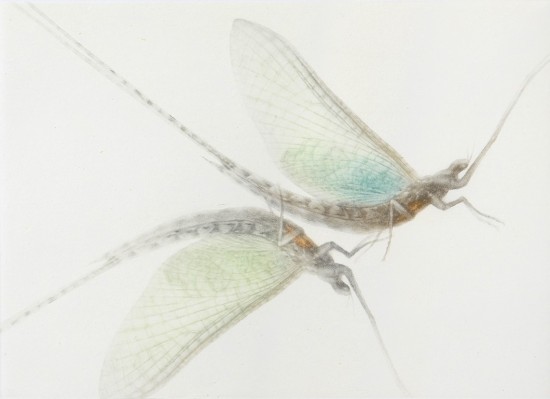

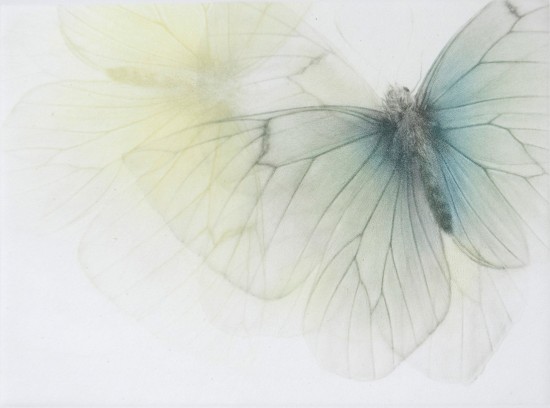


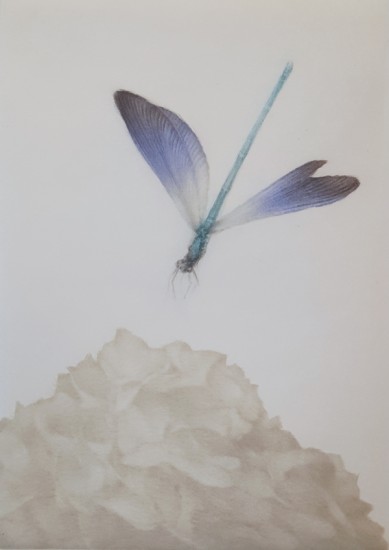


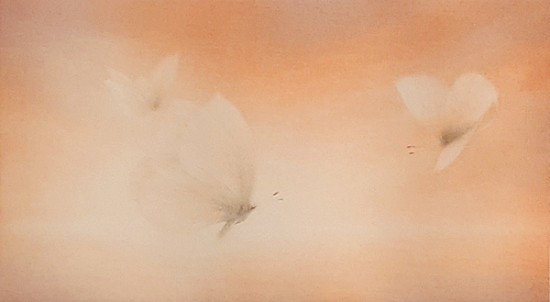
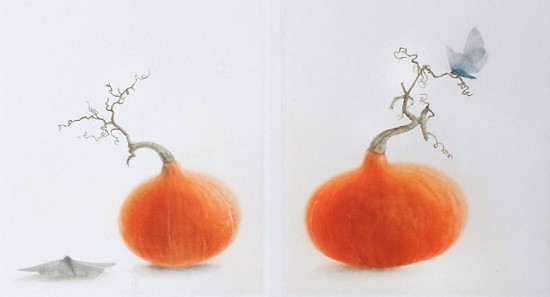
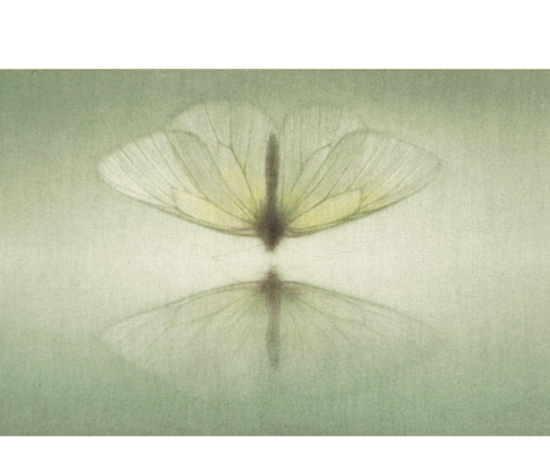

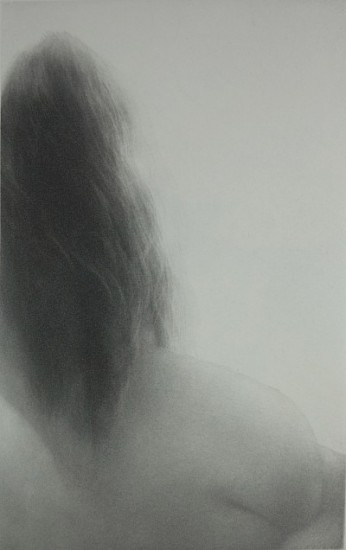



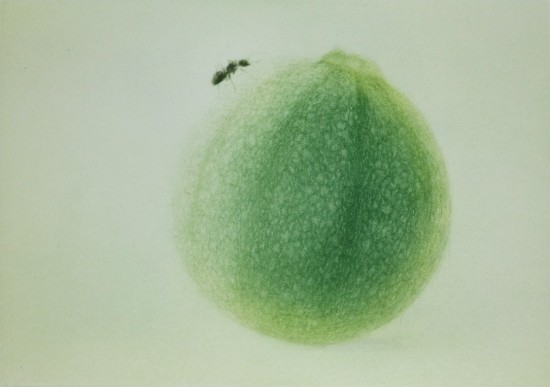
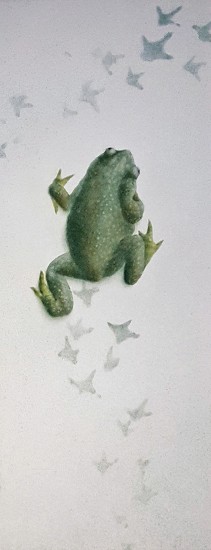
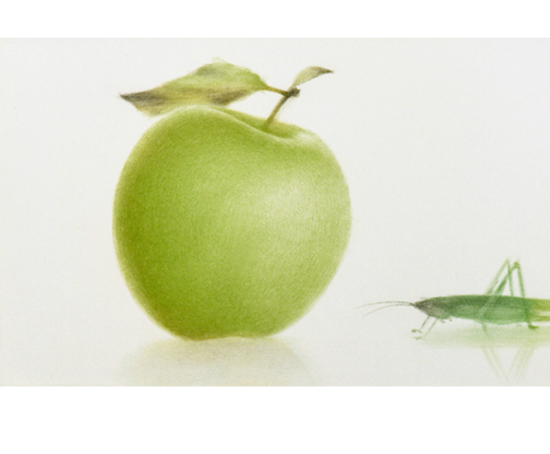

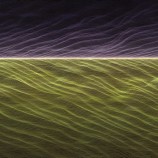 Ann Aspinwall
Ann Aspinwall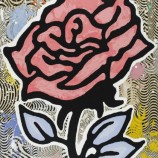 Donald Baechler
Donald Baechler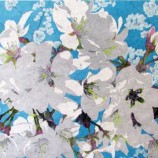 Rica Bando
Rica Bando Will Barnet
Will Barnet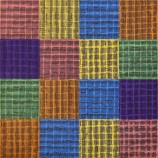 McArthur Binion
McArthur Binion Paul Binnie
Paul Binnie Richard Bosman
Richard Bosman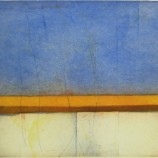 Christian Bozon
Christian Bozon Richard Lang Chandler
Richard Lang Chandler Chuck Close
Chuck Close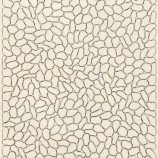 Tara Donovan
Tara Donovan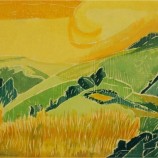 Aline Feldman
Aline Feldman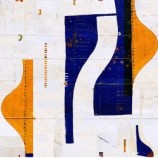 Caio Fonseca
Caio Fonseca Jane Goldman
Jane Goldman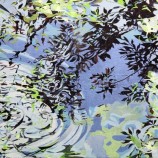 Jean Gumpper
Jean Gumpper Richard Haas
Richard Haas Keiko Hara
Keiko Hara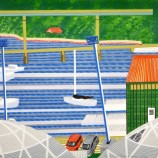 Yvonne Jacquette
Yvonne Jacquette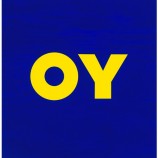 Deborah Kass
Deborah Kass Alex Katz
Alex Katz Daniel Kelly
Daniel Kelly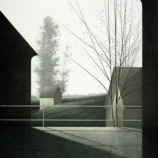 Robert Kipniss
Robert Kipniss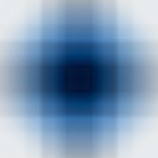 Patsy Krebs
Patsy Krebs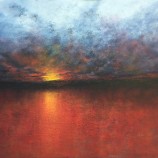 Rebecca Last
Rebecca Last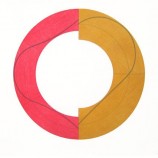 Robert Mangold
Robert Mangold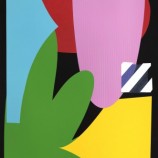 Maser
Maser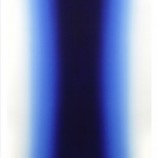 Betty Merken
Betty Merken Frederick Mershimer
Frederick Mershimer Melissa Meyer
Melissa Meyer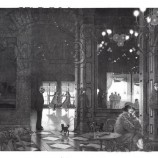 Peter Milton
Peter Milton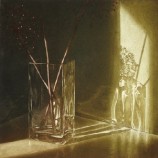 Anja Percival
Anja Percival Joshua Rome
Joshua Rome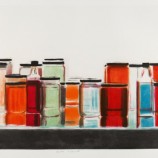 Peri Schwartz
Peri Schwartz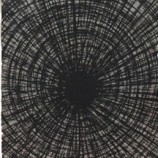 David Shapiro
David Shapiro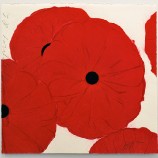 Donald Sultan
Donald Sultan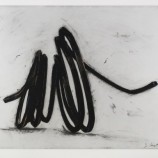 Bernar Venet
Bernar Venet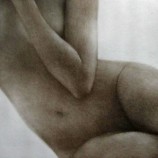 Mikio Watanabe
Mikio Watanabe Tom Wesselmann
Tom Wesselmann Art Werger
Art Werger Yutaka Yoshinaga
Yutaka Yoshinaga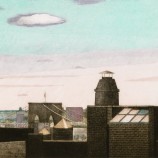 Linda Adato
Linda Adato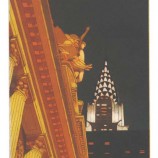 Michael Arike
Michael Arike Daniele Barraco
Daniele Barraco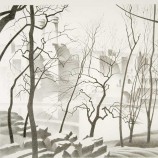 William Behnken
William Behnken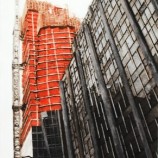 Grace Bentley-Scheck
Grace Bentley-Scheck Walter Buttrick
Walter Buttrick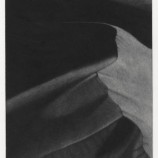 Holly Downing
Holly Downing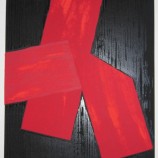 Rikizo Fukao
Rikizo Fukao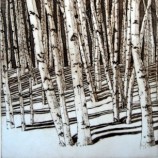 Eric Goldberg
Eric Goldberg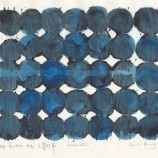 Su Li Hung
Su Li Hung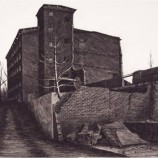 Sean Hurley
Sean Hurley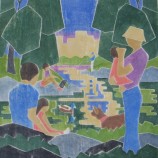 Martha Ives
Martha Ives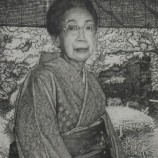 Takuji Kubo
Takuji Kubo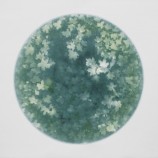 Tomomi Ono
Tomomi Ono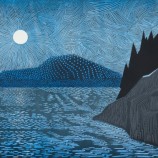 Mary Prince
Mary Prince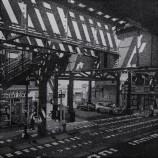 DeAnn L Prosia
DeAnn L Prosia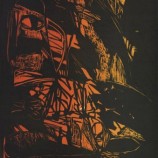 Ilse Schreiber-Noll
Ilse Schreiber-Noll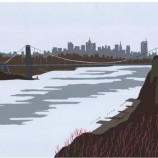 Allan Simpson
Allan Simpson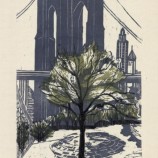 Ellen Nathan Singer
Ellen Nathan Singer Richard Sloat
Richard Sloat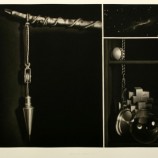 Francisco Souto
Francisco Souto Emily Trueblood
Emily Trueblood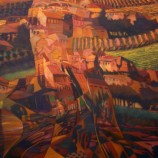 Murray Zimiles
Murray Zimiles